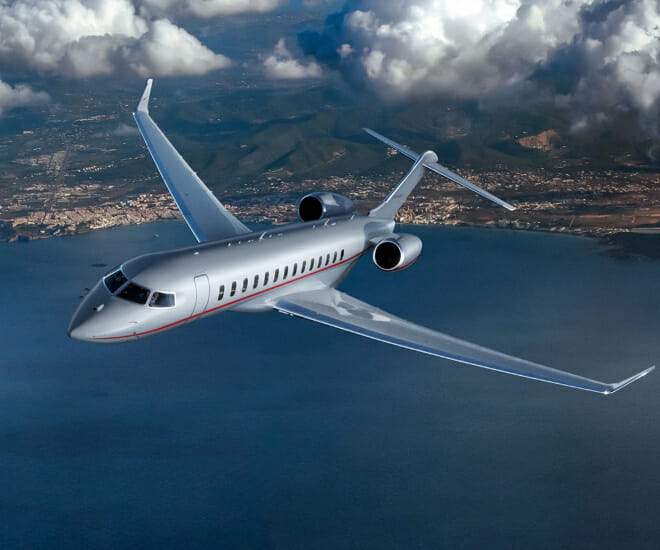
American aerospace producer Learjet unveiled the primary purpose-built non-public jet, the Learjet 23 in 1963. Dassault Aviation debuted its first government jet, the Mystère-Falcon 20, that very same yr, and in 1966, the Gulfstream II was launched — an plane stated to have first set the usual for personal jets. At this time, these requirements are even greater: non-public fliers need an expertise that gives each the height of luxurious and a sustainable strategy to journey.
Concerning the carbon footprint of journey, there may be nothing worse than travelling by non-public jet. In line with the European non-governmental organisation Transport & Surroundings, non-public jets are 5 to 14 instances extra polluting than industrial planes per passenger, and 50 instances greater than high-speed rail, emitting two tonnes of carbon dioxide in a single hour.
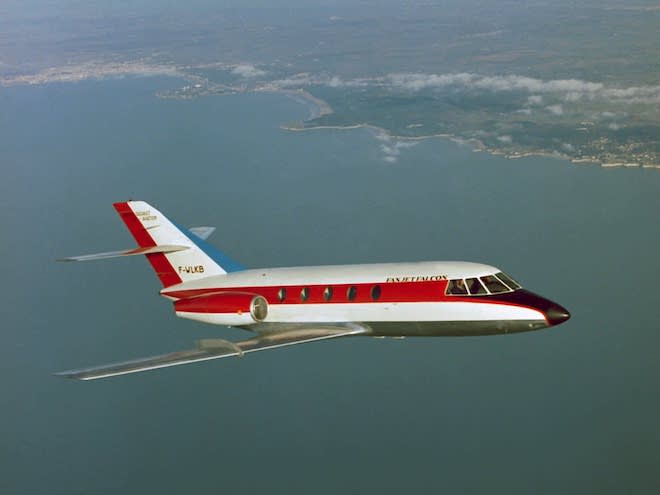
Since early 2020, non-public jet use has been rising quicker than the industrial aviation sector. Flying Group, a journey operator, noticed the variety of non-public flight hours enhance by 15 per cent in 2021 in comparison with 2019, with the group anticipating that quantity to develop by 7-8 per cent extra. Moreover, European non-public jet carbon dioxide emissions have soared in recent times, with a 31 per cent enhance between 2005 and 2020.
Discovering a inexperienced answer is one thing that the aviation {industry} is striving in the direction of. The Nationwide Enterprise Aviation Authority dedicated to attaining carbon-neutral progress in worldwide emissions by 2020 — aided by the truth that, in 2014, producers succeeded in growing supersonic non-public plane that runs on biofuels. And that is solely the beginning of the sector’s transfer in the direction of cleaner journey and a extra sustainable future.
Sustainability Partnerships
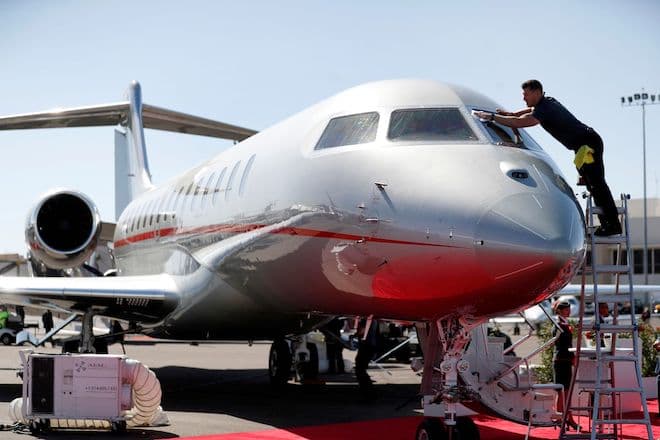
To drive a sustainable, long-term restoration within the aviation {industry}, facilitating the transition to net-zero flying by the center of this century stays a precedence throughout aviation’s worth chain. The usage of sustainable aviation gas (SAF) — a next-generation aviation gas, produced from 100 per cent renewable waste and agriculture residues, or by way of SAF applied sciences comparable to power-to-liquid from recycled carbon dioxide and carbon-capture applied sciences — will play an vital half in attaining this transition.
Over the lifecycle, SAF reduces greenhouse fuel (GHG) emissions by as much as 80 per cent in comparison with fossil jet gas. Not solely is it totally suitable with present jet engines however because it’s chemically much like fossil jet gas, it may be blended and be financially advantageous for companies.

In September 2020, VistaJet introduced its new partnership with SkyNRG, the worldwide chief for SAF, which plans to cut back carbon emissions by as much as 85 per cent. Via the collaboration, VistaJet urged a brand new flight administration system, which reduces gas consumption by optimising route, degree and pace; a reserving technique that reduces pointless repositioning of flights and gas burn. Inside eight months of launching the plan, 80 per cent of VistaJet members opted in to compensate for his or her gas emissions.
The endeavour is a part of the corporate’s Blue Skies carbon offsetting program, which it launched in 2008 to encourage non-public jet homeowners to make their flight exercise extra environmentally pleasant. And, this February, NetJets introduced its dedication to buying 100 million gallons of SAF over the following decade from the next-generation landfill-waste-to-fuel firm, WasteFuel.
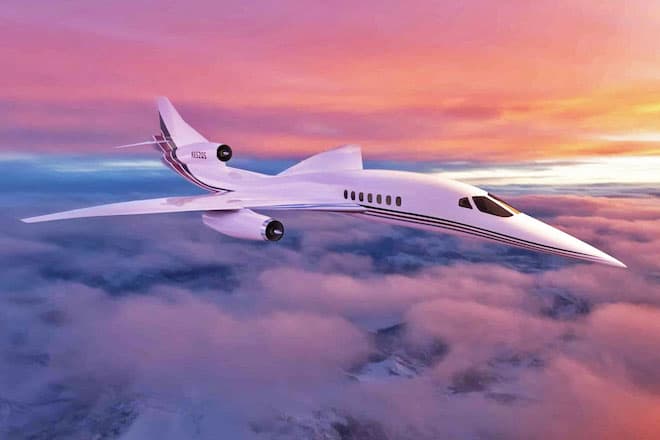
Equally, non-public jet constitution firm, Victor, has unveiled a partnership with Neste, one of many main producers of SAF, that may allow its shoppers to chop the carbon emissions of each flight they take. From 29 June 2022, Victor’s non-public and company members will have the ability to select precisely how a lot fossil gas from their reserving they wish to substitute with SAF, from 5 per cent wherever as much as 100 per cent.
The industry-leading partnership with Neste makes Victor the primary and solely on-demand non-public jet constitution enterprise to offer SAF to all their members. “I’m relieved to be saying our world partnership with Neste at present. The pressing and fast scaling-up of sustainable aviation gas is important if we’re to attain our net-zero objectives. It’s elementary to all our stakeholders that we proceed to be clear concerning the emissions of our members’ non-public flights and, the place doable, take possession of the local weather disaster,” stated Toby Edwards, Co-CEO at Victor.
Inexperienced Aircrafts
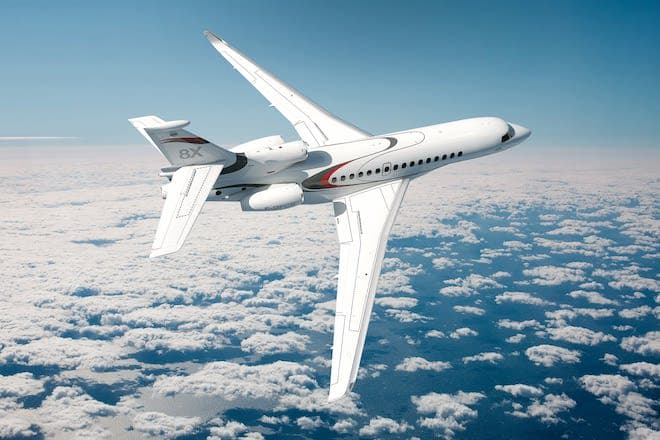
Enterprise jet producers have lengthy been on the forefront of the aerospace {industry}, advancing expertise whereas incorporating sustainable environmental options. To satisfy rising demand and the expectations of personal fliers, enterprise jet producers are aggressively addressing the environmental influence of their processes and plane efficiency with the purpose of delivering a subsequent era of personal flying expertise that optimises effectivity, consolation and sustainability.
One of many firms on the forefront of sustainably designed aircrafts is Dassault. A French aerospace firm with twin experience as a producer of navy plane and enterprise jets, the corporate refers to its sustainable engineering processes as “eco-design”. All through the plane lifecycle, Dassault applies environment friendly eco-design ideas from the mining of uncooked supplies to manufacturing, from in-service operation to end-of-service and recycling. For instance, their Dassault Falcon 8X is as much as 20 per cent extra fuel-efficient than another plane in its section.
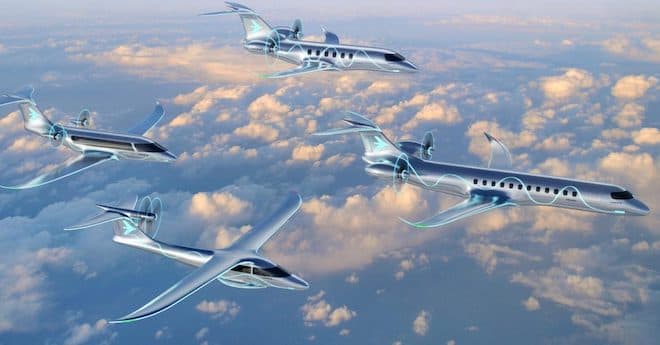
One other firm that embraces sustainability by way of design is Embraer, in early 2021, the Brazilian plane producer unveiled 4 new sustainable plane ideas. Titled the “Energia” household, the regional air journey designs are powered by 4 totally different propulsion applied sciences — hybrid-electric, electrical, hydrogen gas cell and twin gas fuel turbine. The primary idea, the Energia hybrid, or the E9-HE, will depend on one piston engine and two electrical motors. The electrical motors will function throughout take-off and climbing. Nonetheless, as soon as the aircraft reaches its cruising altitude, it should swap off, leaving the piston engine to function at 50 per cent extra effectivity, decreasing gas consumption and emitting as much as 90 per cent much less carbon dioxide emissions.
In the meantime, the Energia Electrical, or E9-FE, might be solely powered by batteries and an electrical motor. The batteries might be swappable and positioned on the nostril of the plane to permit for fast turnaround instances. The aircraft will obtain as much as 80 per cent discount in exterior noise and function with zero carbon emissions. In addition to this, Embraer intends to have all its plane licensed for SAF compatibility by 2030.
The non-public jet {industry}, regardless of being scrutinised for its conspicuous consumption, has been taking steps to handle probably the most pertinent points that it’s going through. From designing its plane with the surroundings in thoughts to slowly phasing out the usage of fossil fuels, the trail is obvious for the {industry}: being sustainable is the one method. Whereas the journey could also be fraught be turbulences, a greener future awaits.